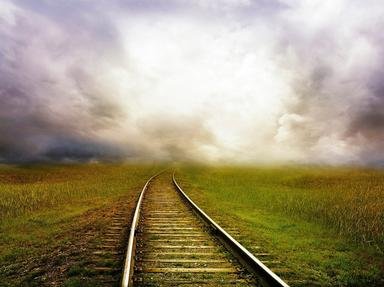Quiz Answer Key and Fun Facts
1. What was the name of the engineer responsible for planning and constructing the West Coast Main Line between Carlisle and Glasgow in 1845?
2. In the early 1990s, British Rail had a Class 73 specially livered to haul the Venice Simplon Orient Express. However, the majority of Orient Express trains were hauled by this class of locomotive:
3. The last triple-headed Class 37 trains ended with privatization and the import of Class 56 and Class 60 locomotives into this region. What area of Britain did these train run?
4. What is unusual about the station at Liskeard, Cornwall?
5. At Exeter St. David's Station, trains for London Waterloo can depart heading either east or west, a fact that was confusing for many travellers.
6. What are the names of the two major summits that the West Coast Main Line must cross between Crewe and Glasgow?
7. The British National Railway Museum is located at ________.
8. The APT-P (not the APT-E) was an experimental passenger train developed in 1979 to provide faster services on the West Coast Main Line. What special feature did it have that allowed this?
9. Class 86 locomotives, which work the West Coast Main Line and the East Anglia Main Line, had an improvement made to them that ultimately was a complete failure. What was this improvement?
10. Originally, the Class 90 was to be an upgraded variant of the Class 87.
Source: Author
m1a2lt
This quiz was reviewed by FunTrivia editor
ozzz2002 before going online.
Any errors found in FunTrivia content are routinely corrected through our feedback system.


